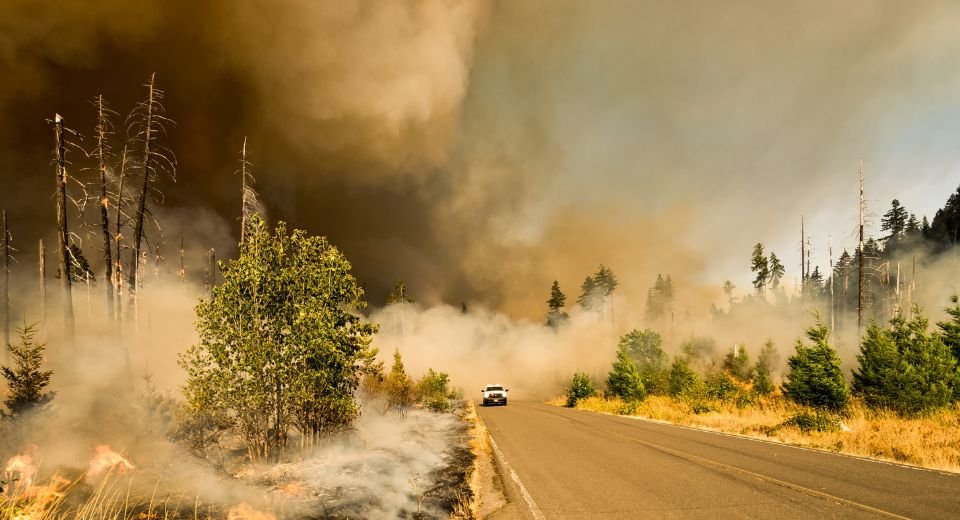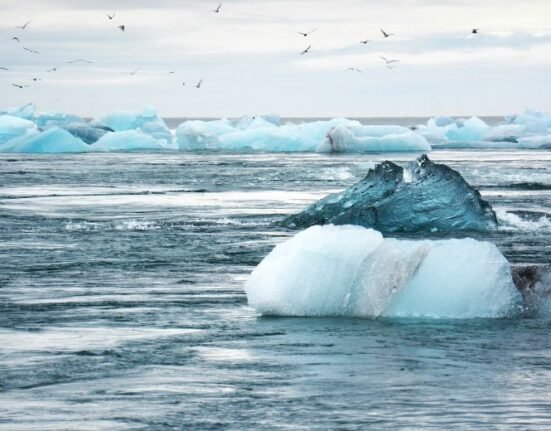HQ Team
October 23, 2024: Rising global temperatures have led to more frequent and severe wildfires in vulnerable ecosystems like those found in the western United States and the Boreal forest regions. Research indicates that even minor temperature increases can dramatically elevate wildfire risks.
As the frequency and intensity of wildfires escalate, so too do the public health implications. Two new climate change impact studies find 15.8 per cent higher global burned areas from 2003 to 2019 due to climate change, intensifying fire activity, especially in Australia, South America, Western North America and Siberia, and a rise in fire-related health issues and fatalities.
The second study examined the link between climate change and the global increase in deaths from fire-related air pollution. It found climate change increased these deaths from 669 annually in the 1960s to over 12,500 in the 2010s.
“Our study demonstrates that when fires do occur, the influence of climate change with drier and warmer weather conditions is increasingly significant,” explains Chantelle Burton, researcher at the Met Office Hadley Centre and joint lead-author of the first study. In the paper, the researchers map the influence of climate change and socio-economic factors on global and regional ‘burned area’ from wildfires in forests, savannahs etc.
Yet, overall, global total burned area is decreasing as natural lands are converted for human habitat, such as agriculture. Forest land and vegetation have reduced for fires by about 19 per cent over the same period. This, say the researchers, currently offset each other, but it will not last for long as climate change may tilt the balance with increased wildfire incidents.
Health risks
Wildfire smoke, laden with harmful particulate matter (PM2.5), poses serious health risks, including respiratory and cardiovascular issues, particularly for vulnerable populations such as children and individuals with pre-existing conditions.
The second study found that in the past 60 years fire-related deaths from air pollution have risen from 46,401 annually in the 1960s to 98,748 in the 2010s. Among those, 669 annually in the 1960s to over 12,500 in the 2010s can be attributed to climate change, according to the scientists. “This indicates that climate change is increasingly posing a threat to public health, driven by more fire smoke even affecting densely populated areas,” explains Chae Yeon Park, a researcher at the Japanese National Institute of Advanced Industrial Science and Technology and lead author of this study.
Cyclical loop
Compounding these challenges are loops where wildfires release stored carbon, exacerbating climate change and leading to a cyclical pattern of increasing fire risk and rising global temperatures.
Regional responses
Different regions have led to diverse responses to the wildfires. For example, in arid and semiarid ecosystems, rising temperatures are projected to increase tree mortality rates and alter species distributions,
Similarly, the abandonment of agricultural land in Europe has resulted in excessive vegetation growth, further raising fire risk levels in regions already susceptible to wildfires.
Projections indicate that wetter regions, such as the northwestern US, may experience increased fire frequency accompanied by a decrease in fire severity. Conversely, hotter and drier areas are predicted to see a decrease in fire frequency but an increase in fire severity.
The ongoing rise in temperatures is correlated with an increase in fire severity, which can be attributed to heightened climatic water deficit (CMD), vapor pressure deficit (VPD), and evapotranspiration (ET).
It’s crucial to understand that the impact of smoke from fires extends beyond those living directly in the affected areas—it also significantly affects people living in cities,” concludes Christopher Reyer, PIK researcher and co-author of the study. “While cities might not face immediate fatalities from wildfires, our study confirms that smoke exposure can lead to serious public health consequences. Thus, it is vital to reduce emissions and enhance fire management strategies, to minimize the impacts of fires on ecosystems, economies, and public health across the globe.”








